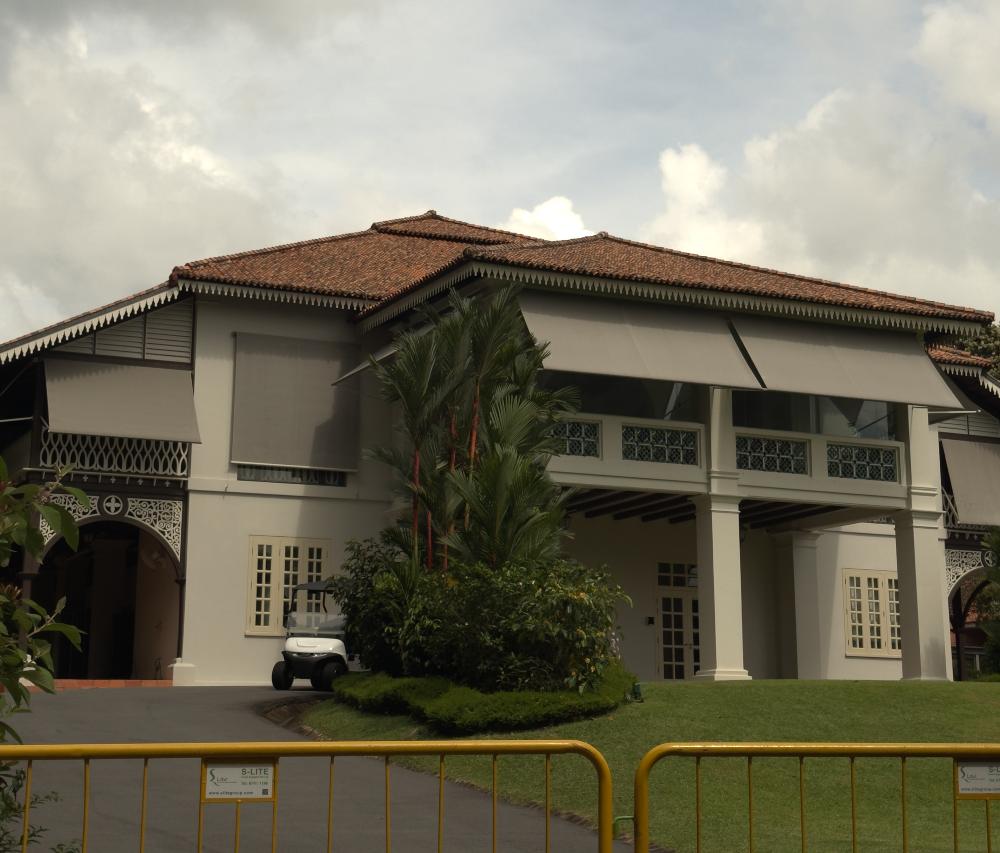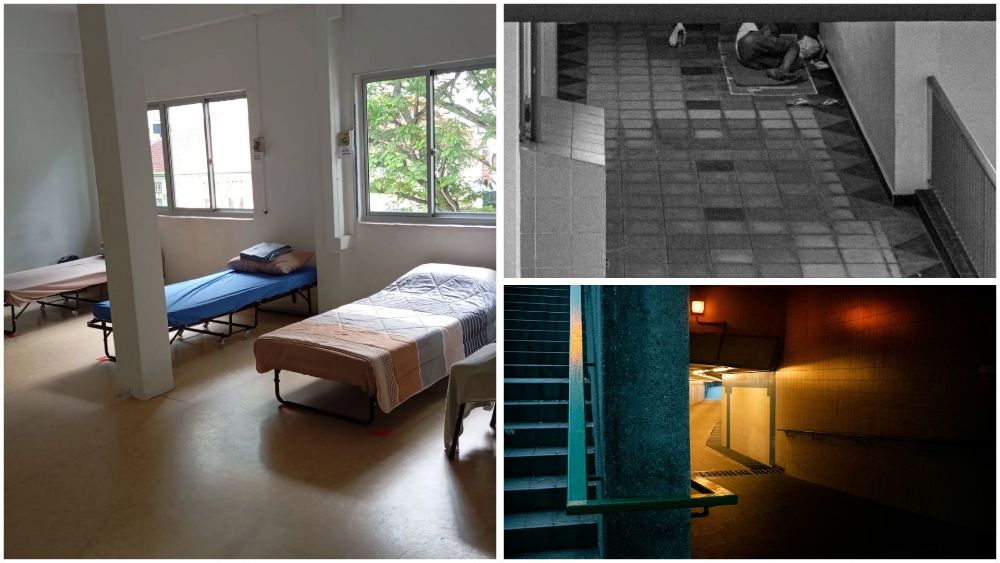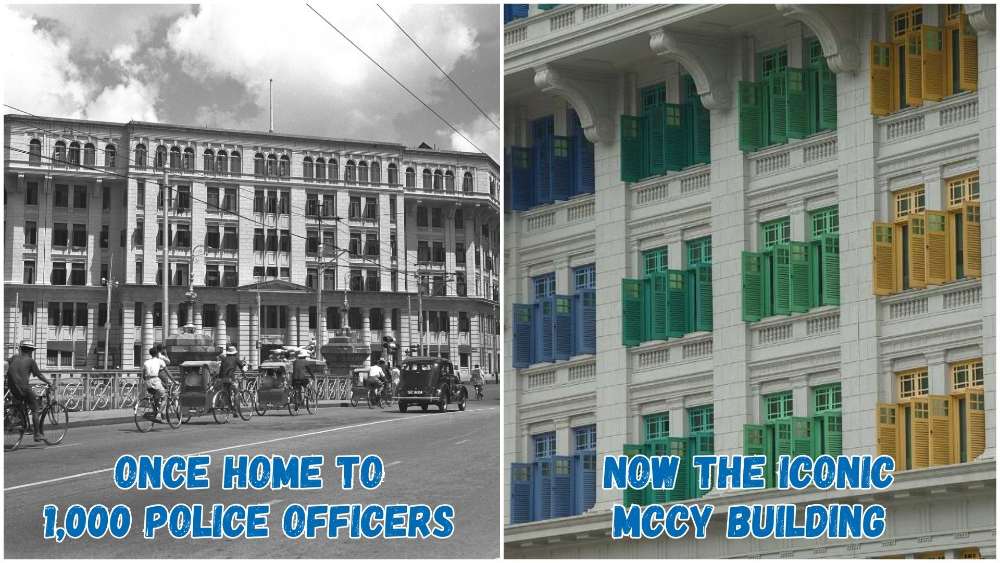You Only Have 5 Chances A Year To Explore Singapore's Most Powerful National Monument
What is a National Monument? Who gazettes them? How many national monuments are there in Singapore? To date, the Preservation of Sites and Monuments, a division of National Heritage Board, has identified and gazetted 77 buildings, structures and sites of national significance as an integral part of Singapore’s built heritage.
And we're here to tell you all about them - one National Monument at a time!
You've probably passed by or stepped into more than a few of them without realising they were National Monuments: Al-Abrar Mosque, Asian Civilisations Museum, the Civilian War Memorial, Saint Andrew's Cathedral, the Esplanade Park Memorials, Fort Siloso on Sentosa - no need to plan an itinerary for friends visiting from overseas; just show them this article ✌️
In this edition, we shine a light on the official residences of the President of the Republic of Singapore and the Prime Minister – the Istana and Sri Temasek, respectively.
📍 Location
The Istana and Sri Temasek were collectively gazetted as the 24th National Monument of Singapore. The MRT stations nearest to them are Dhoby Ghaut, Little India and Orchard.
📅 Significant dates
Dates built:
- 1867-1869: The Government House (today's Istana) was constructed
- 1869: Sri Temasek was built for the residence of the colonial secretary
Milestones:
- Post 1965: After Singapore gained independence, Sri Temasek hosted many visiting foreign dignitaries
- 1 Sep 1993: Singapore's first popularly elected President, Ong Teng Cheong, was sworn in as President of Singapore in the Istana's State Room
- 15 May 2024: Lawrence Wong was sworn in as Singapore's fourth Prime Minister at the Istana
Date collectively gazetted: 14 Feb 1992
📜 History
The Istana
Nestled behind a vast green area off the busy Orchard Road, the Istana (Malay for "palace") serves as the official residence of the President of the Republic of Singapore. Within the estate that contains the Istana (otherwise known as the Main Building) stand a few other structures: Sri Temasek, Istana Villa, and The Lodge. The Istana and Sri Temasek hold particular historical significance, having hosted numerous dignitaries and witnessed key events in Singapore’s history.
Originally called Government House, the Istana’s construction was spearheaded by Sir Harry St George Ord, the first Governor of the Straits Settlements, to serve as the governor’s residence. Lady Ord laid the foundation stone in July 1867, and the building was finished in Oct 1869.
During World War II, the Japanese military occupied the Government House. In 1943, the Japanese Supreme Commander, Count Hisaichi Terauchi, designated it as the General Headquarters of the Southern Expeditionary Forces. Surviving staff members were brought back to the residence to work for Terauchi. The Japanese also left the structure largely intact, save for a few modifications and the removal of items bearing the British crest.
After the war, the British regained control of the Istana and, in 1959, handed it over to Singapore’s first Yang di-Pertuan Negara (Head of State), Encik Yusof bin Ishak, when Singapore attained full self-governance. The building was then given the new name: Istana Negara Singapura (Malay for "Palace of the State of Singapore").
Ever since Singapore gained independence in 1965, the Istana has served as the official residence of the President of the Republic of Singapore. During extensive renovations from 1996 to 1998, Singapore’s first popularly elected President, Ong Teng Cheong, temporarily relocated to the Former Command House on Kheam Hock Road.
 IMAGE: NG KAI
IMAGE: NG KAI
Sri Temasek
Built in 1869, Sri Temasek (Javanese for "splendour of Temasek") was first designated as the official residence for the colonial secretary. Eventually, it was appointed as the Prime Minister's official residence. Although it has remained unoccupied since 1959, the house was frequently used for meetings and official social events during the 1960s and 1970s. Over time, the building fell into disrepair but was eventually restored in 2008.
Following Singapore's independence in 1965, Sri Temasek hosted many visiting foreign dignitaries, including King Hussein of Jordan, Egyptian President Hosni Mubarak, Indian Prime Minister Indira Gandhi, British Prime Minister Edward Heath, and American Senator Edward Kennedy.
📐 Design and architecture
The Istana
The Main Building (officially called Istana Negara Singapura) was designed by Colonial Engineer Major John F. A. McNair, who blended European and Malay architectural elements in an eclectic style. The structure features Neo-Palladian influences such as Doric and Ionic pilasters (supporting columns), architraves (frames around a door or window), and cornices (decorative borders found where the ceiling meets the walls), along with Malay-style wide verandahs, large louvred windows, and raised arches resembling stilts, which provided ventilation in Singapore’s tropical climate. Such tropical adaptations can similarly be found in the Former Parliament House.
The Main Building’s symmetrical front is accentuated by a prominent central portico (porch), flanked by twin porticoes topped with pediments (the triangular upper part of the front of a classical building), and a central tower that dominates the roofline.
Fun fact: The Istana building sits atop a hill, around 40m above the ground. Prior to the construction of the skyscrapers of the Central Business District, it was plausible to see the Indonesian Islands to the South and the hills of Johor to the North on a clear day.
Inside the Main Building, its grand halls are used for state ceremonies and receptions. The Reception Hall hosts introductions between local officials and visiting dignitaries; the Banquet Hall is used for state dinners; and the State Room is the setting for official ceremonies such as ministerial swearing-ins and national award presentations. These halls also display state gifts and artworks by both local and international artists.
Sri Temasek
The architecture of Sri Temasek combines European and Indian elements, featuring intricate fretwork (ornamental design in wood done with a fretsaw) on the timber arcade (an architectural element that has columns or piers supporting a row of arches) and a grand staircase leading to the upper floor. Like the Main Building, it also boasts spacious verandahs on the first floor.
🗓️ Open Houses
The Istana grounds are open to the public during select public holidays: Chinese New Year, Deepavali, Hari Raya Puasa, Labour Day and National Day.
The Changing of the Guards ceremony is usually held on the first Sunday evening of each month at the main entrance along Orchard Road. Find out more here.
If you want to learn more about the history of the Istana, drop by the Istana Heritage Gallery opposite the main gates. Find out more here.
For the latest updates on Wonderwall.sg, be sure to follow us on TikTok, Telegram, Instagram, and Facebook. If you have a story idea for us, email us at [email protected].










